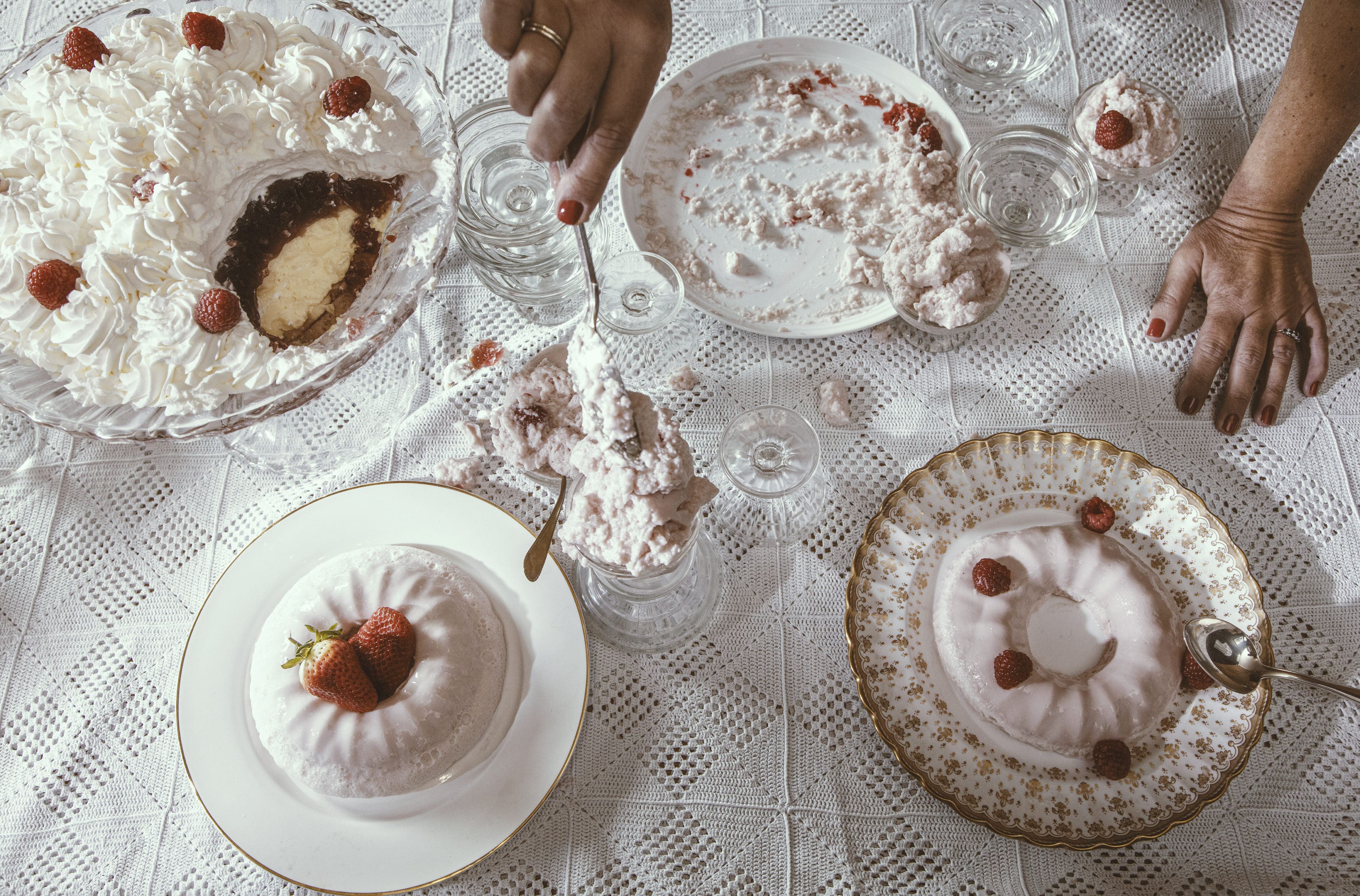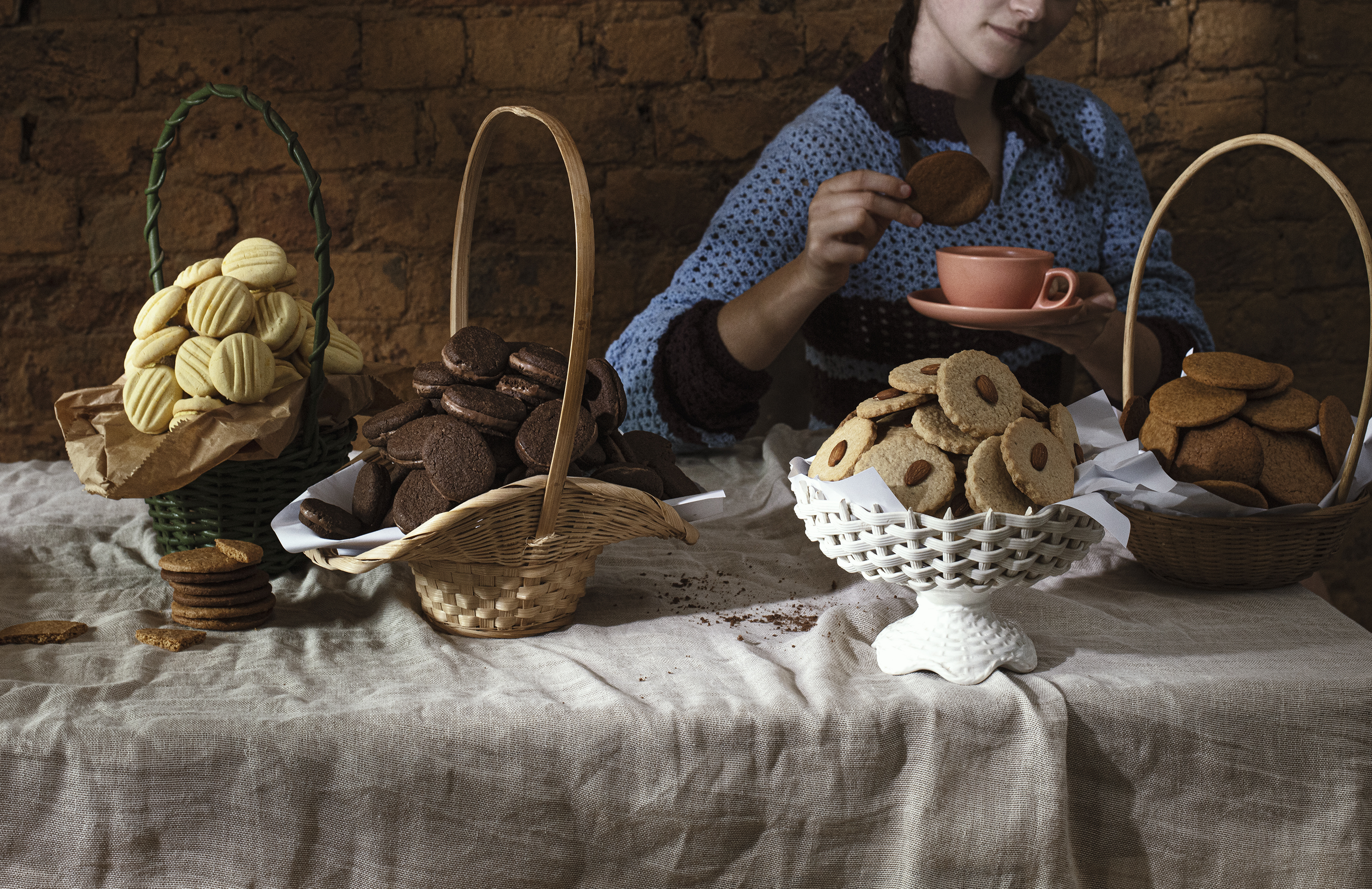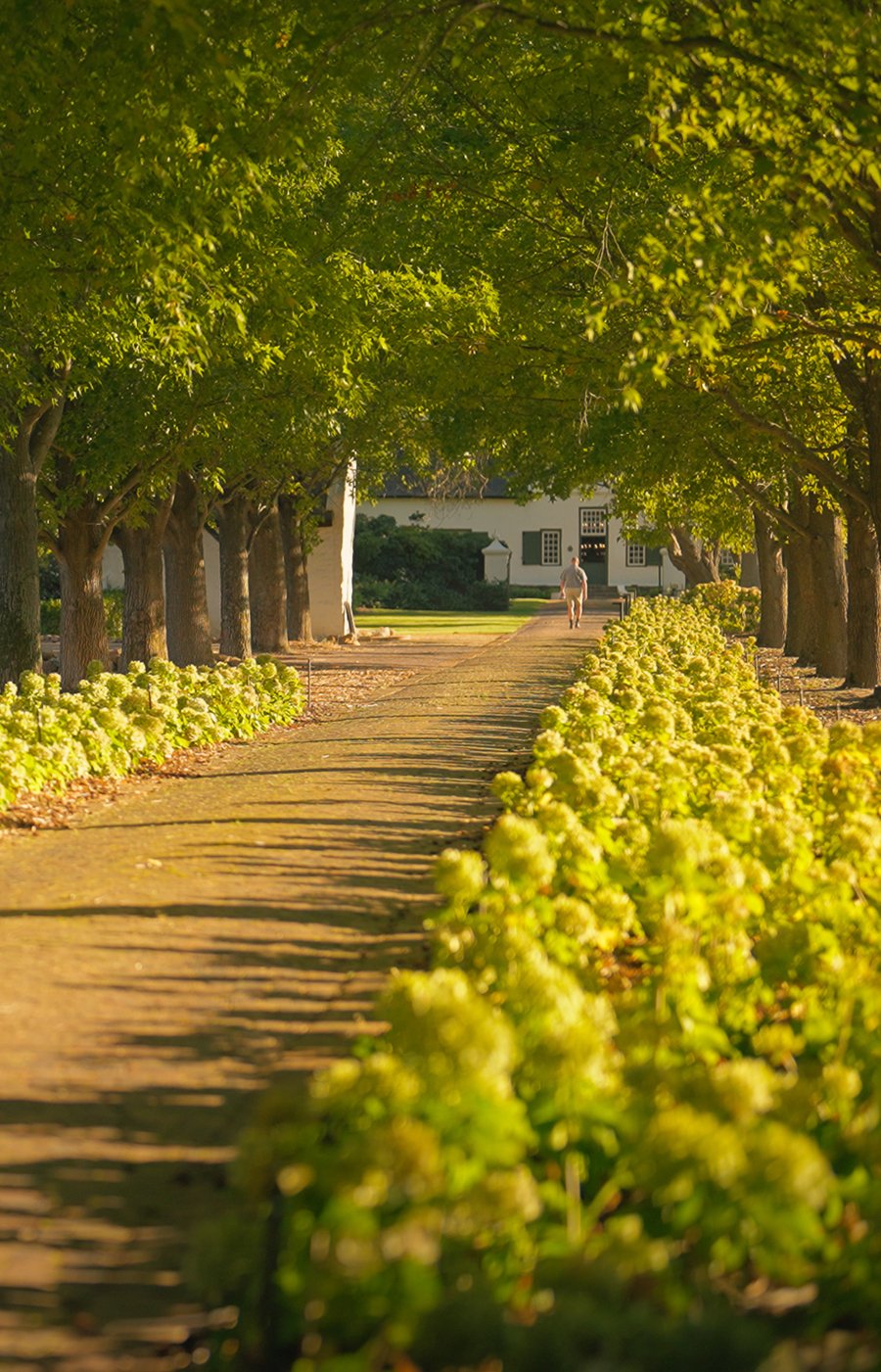HOW BAZAAR
A LOOK AT ONE OF SOUTH AFRICA’S MOST NOSTALGIC PASTIMES
We tend to think of a bazaar – South Africans, at least – as a community event, usually held in a church or school hall, where we can expect to find anything from a crocheted collection of Christmas tree decorations and toilet roll covers (the classic Barbie doll dress) to jams of nightshade and korrelkonfyt, as well as wood carved toys, old bric-a-brac, and unwanted vinyls and romance novels (in the more liberal communities). But more than anything, a bazaar is where you go to indulge in the more nostalgic pleasures from our culinary past – kind of like raiding Ouma’s pantry without fear of getting caught red handed. Apart from people (obviously), a bazaar is not a bazaar unless it ticks a few very specific boxes…

The traditional bazaar, as we know it today, probably originated in the late 1800s when the Dutch Period was coming to an end. But since we share so much of our modern cultural heritage with the Brits, the concept of the church fête probably only began to blossom from 1800 onwards, when the country fell under British rule and the country was introduced to a wider array of denominations that didn’t only include the Dutch Reformed Church.
The word bazaar actually originated long before that, however, in ancient Persia around 3,000 BCE, to be exact(ish). Back then, a bazaar was a more permanent marketplace where traders, bankers and merchants came together. As the West began to trade with the Middle East in the 18th and 19th centuries, its interest in Oriental culture grew, and the bazaar became a mainstream event in Western culture.
In South Africa today, however, a bazaar is a whimsical, fun-loving event where – despite how “modern” the world is getting – nobody expects to find anything gluten, fat or sugar free, and certainly nothing resembling any of our more urban conveniences, like iced lattés, almond croissants or a tuna rusticana sandwich.
But what, specifically, makes a bazaar? Yes, you can have your egg-and-spoon, fastest eater, and one-legged-hopping contests, but the way Ouma Maria did a bazaar – without compromise and with very specific treats in mind – was the only way to do it (speaking subjectively, of course). Without this collection of treats, a bazaar is simply… bizarre.

RASPBERRY TRIFLE
Ouma’s Swiss roll was legend. I would always hide one out of sight, either by slipping it into her handbag or by taking one back to the car. This wasn’t a ploy to have something for dessert that night, but I knew that whatever Swiss roll we had left over at the end of Saturday’s bazaar would find its way into Ouma’s trifle on Sunday.
STRAWBERRY AND PEAR BAZAAR PUDDING
Can you call it a bazaar without bazaar pudding? Some consider the bazaar pudding beneath their dignity, but when done right, it competes with even the most sophisticated panna cotta.
CUSTARD BISCUITS
Some biscuits are all about the crunch factor, while others flood your palate with a sweet, creamy comfort that only the perfect combination of vanilla and sugar can conjure.
ROMANY CREAMS
Around 1965, South Africans claimed the internationally adored “Gypsy Cream” as their own by renaming it Romany Creams. You can still find the homemade version at most tuisnywerhede and bazaars.
PECAN NUT FUDGE
My mother loves a “blokkie fudge”, so Ouma Maria often made a batch of these fancified caramels. They were truly luxurious.
SOUTTERTE
In the world of savoury tarts, a quiche is hard to beat, but to most South Africans, a souttert just tastes like home – and making one is much less fussy! The best part about a souttert is that you can really get creative with the fillings.
ORANGE CHIFFON CAKE
For Ouma Maria, this was where the bazaar could take a more elegant turn, casting aside the stodge factor in favour of a light, delicate indulgence.
BUTTERMILK CHOCOLATE CAKE
So easy to bake and it tastes even richer and more luxurious the next day – so no need to get up before the cock crows.
MILK TART
Forget the milk tart and you might as well forget the whole thing, because the lack of milk tart is the only thing people will talk about the next day. It’s okay if they’re lamenting the fact that it was sold out by 10 am, but when there was no milk tart to begin with? Not good. This particular recipe is available in JAN the Journal Volume 4.
BAZAAR PANNEKOEK
Ouma Maria was quite a proponent of saving the best for last. Indeed, a bazaar can never be complete without some oom and tannie churning out batches of pannekoek on a gas fired Cadac in the corner with lashings of cinnamon sugar and lots of lemon juice! Get the recipe here.
Get the recipes for these delectable bazaar treats in JAN the Journal Volume 6
Available to order online now!
No products were found matching your selection.















